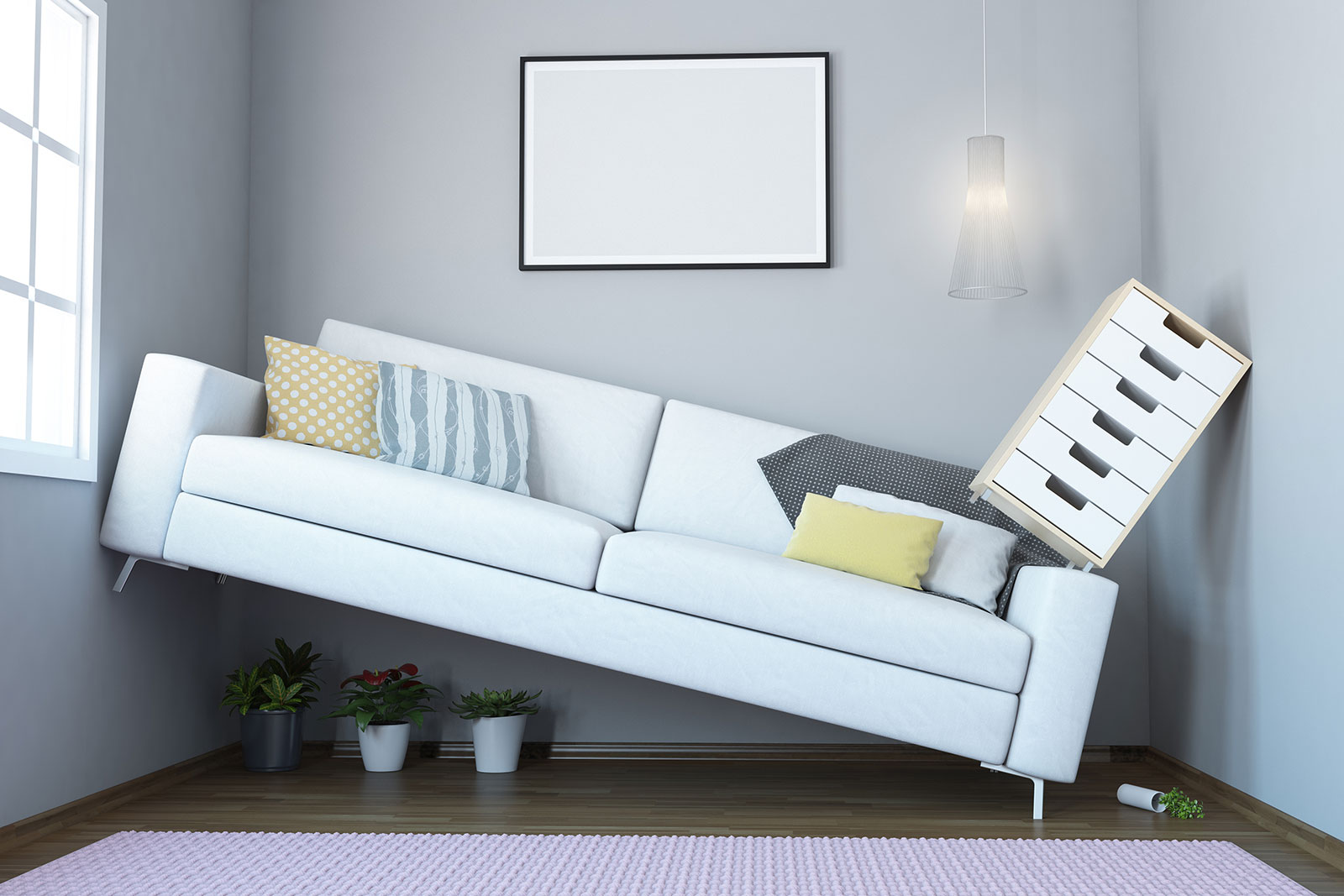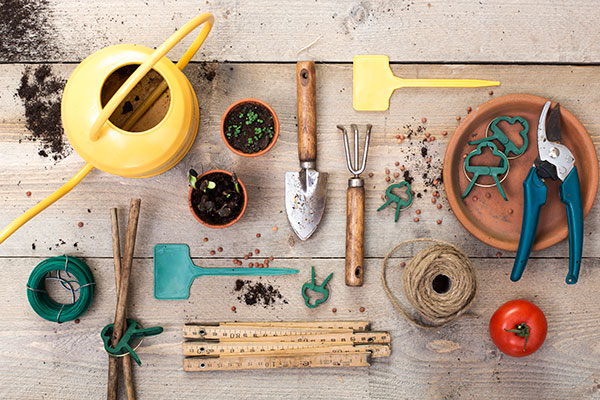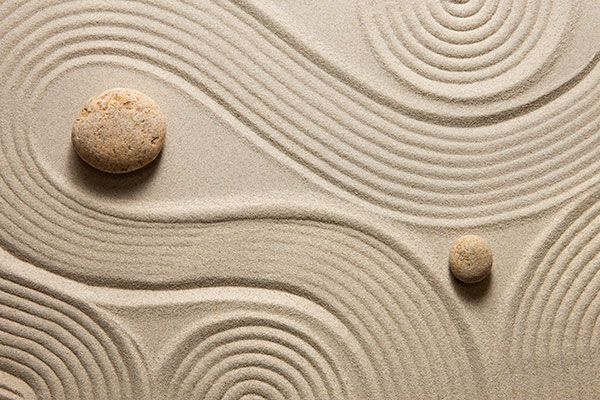Module 1 • 11 Lessons
Title: Introduction to Tiny Spaces and Design
• Introduction to Tiny Spaces and Design
• The Tiny Home Movement
• What is Interior Design About?
• Interior Design themes: Minimalist
• Tropical
• African
• Asian, British, Contemporary and French
• Indian, Italian and Nautical
• Retro, Scandinavian and Spanish
• The Toolbox
• Practical Exercise 1
Module 2 • 7 Lessons
Title: A Deeper Understanding of the Concepts of Design
• A Deeper Understanding of the Concepts of Design
• Colour and Paint
• LRV
• Application of Concepts Learned to Tiny Designs
• Application of Concepts Learned to Tiny Designs Part 2
• Applying the Correct Paint Finish
• Practical Exercise 2
Module 3 • 6 Lessons
Title: Functionality, Proportion, and Arrangement
• Furniture
• Functionality
• Proportion
• Arrangement
• Using Wall Space
• Practical Exercise 3
Module 4 • 5 Lessons
Title: Furniture, Flooring, and Windows
• Placements
• Flooring Options
• Window Treatment Options
• General Treatment Tips
• Practical Exercise 4
Module 5 • 5 Lessons
Title: Accessories
• Accessories
• Mirror on the Wall
• Techniques
• Tips
• Practical Exercise 5
Module 6 • 7 Lessons
Title: Lighting Solutions
• Lighting Solutions
• Small Lamps
• Other Lamps
• Wall features
• Space Definition with the Use of Lighting
• Summary
• Practical Exercise 6
Module 7 • 9 Lessons
Title: Colour and Paint
• Colour
• Using Colour
• Change Proportions Through Visually Manipulating Ceiling Height
• Use Wallpaper, Tiles and Fabric
• Consider Unusual Paint Applications and Techniques
• Ragging, Sponging and Striae
• Drawings and Illustrations Scribing
• Key Benefits of Using a Designer to Assist with Color and Paint
• Practical Exercise 7
Module 8 • 5 Lessons
Title: Furniture and Furnishings
• Furniture Selection and Arrangement
• Fabric Colors
• Use a Designer to Help you Understand How to Arrange Your Furniture
• Focus on Flow Between the Architecture and the Furnishings
• Key Benefits of Using a Designer for Furniture Selection and Arrangement







